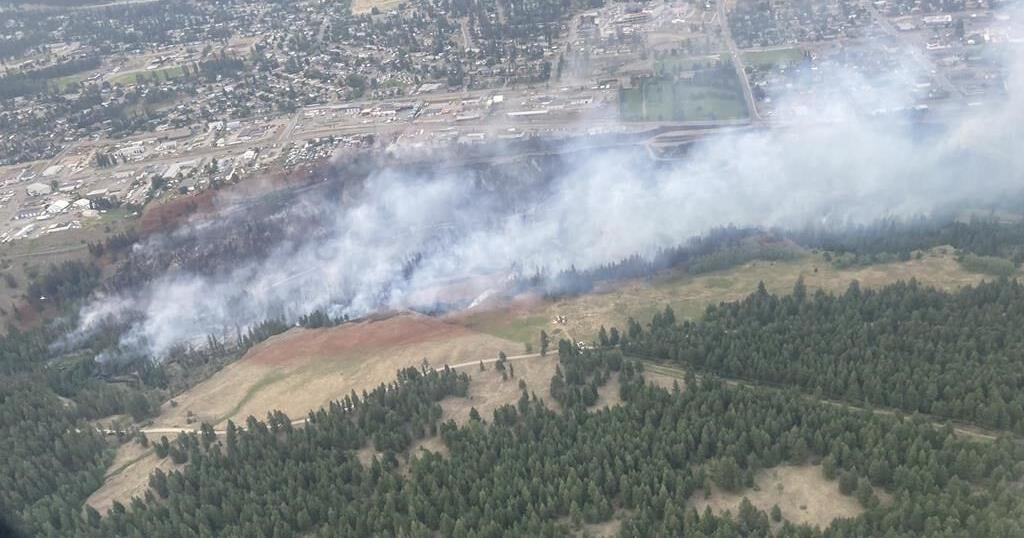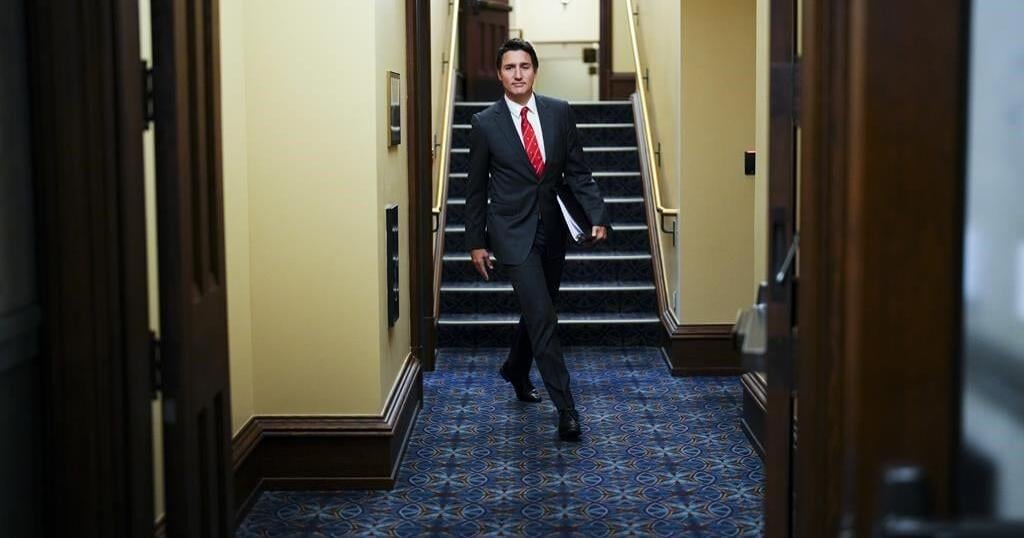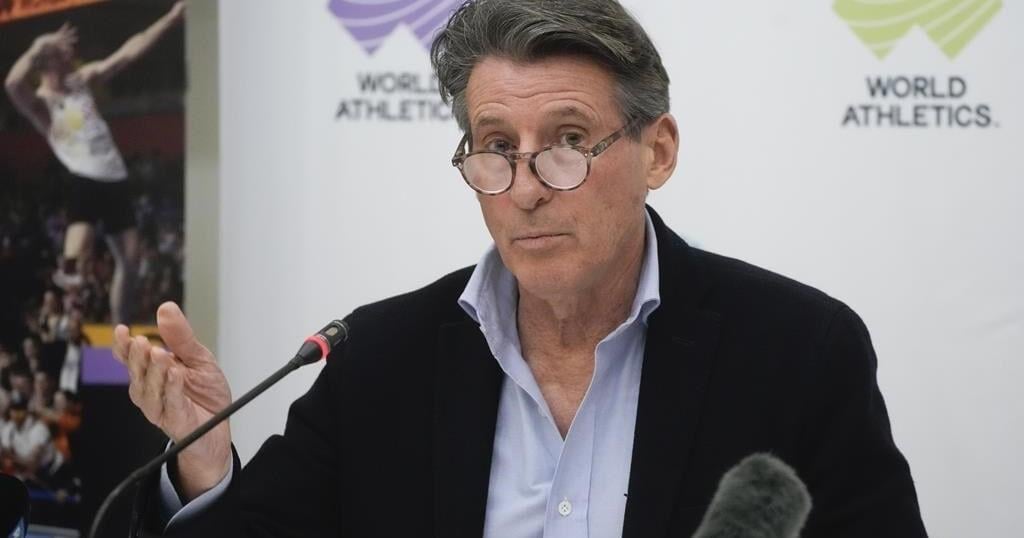BARKERVILLE, BRITISH COLUMBIA, CANADA – The British Columbia gold rush town of Barkerville is drenched, both from overnight rains and sprinklers dousing its timber buildings, some more than 150 years old.
It’s part of an effort to save the historic park that is one of the Cariboo region’s premier tourist attractions from the flames of the Antler Creek wildfire that is burning out of control about three kilometres away, said Stewart Cawood, Barkerville’s public programming and media manager.
“Today is looking better with the rain that we had overnight, but with it being so close and fires being so unpredictable, even with all these protective measures in place, there’s absolutely a concern we could lose the town,” he said.
The storms that have drenched the region are a mixed blessing, soaking the town but also bringing lightning that the BC Wildfire Service fears could cause another burst of wildfire activity in the north and parts of the south after weeks of hot and dry weather.
Lightning is the cause of the vast majority of the approximately 400 fires burning across B.C. and a bulletin from the service says the province saw more than 20,000 strikes on Monday. About 100 new fires have been detected in the past 24 hours.
Environment Canada’s lightning tracker showed significant activity overnight stretching from Kamloops in the southern Interior through the Rockies and Cariboo regions into the Peace River area and the province’s northwest.
The agency has issued rainfall warnings for parts of northwestern B.C., while the wildfire service says downpours may be accompanied by hail and erratic winds with the potential to fan fires and affect aerial firefighting and access to dirt roads.
The 34-square-kilometre Antler Creek fire is one of four so-called “wildfires of note” in B.C., meaning they pose a threat to life or property or are highly visible. It triggered an evacuation order for Barkerville, Bowron Lake Provincial Park and for the community of Wells, B.C., on Sunday.
Cawood said all visitors, non-essential staff and animals — including a cat, horses, goats and chickens — were evacuated before the order was made on Sunday.
He said only BC wildfire crews and specially trained staff remained at the town, which was established in 1862 when prospector William Barker struck gold. The town’s website says it features more than 125 heritage buildings, and it was declared a National Historic Site of Canada in 1924.
Barkerville was destroyed by a fire in 1868 before being rebuilt. Its protectors are doing what they can to avoid a repeat, saying on the town’s Facebook page that “every drop helps” in the attempt to keep the town wet and safe.
“The sprinkler systems are running throughout the town, so the town is damp at the moment,” Cawood said.
In a post to social media on Monday, the wildfire service said heavy smoke in the region helped to “lessen wildfire behaviour” as groundcrews with heavy equipment established control lines, which are barriers used to contain or control a blaze. But, it noted, the fire may still increase in size and smaller fires may merge with the blaze.
It also said structure protection specialists have deployed systems that are used to create a “humidity bubble” to the site and the surrounding areas. The technique, which includes adding sprinklers to the roofs of buildings, aims to “increase the relative humidity and minimize how embers impact structures ahead of wildfires.”
The number of wildfires in B.C. has soared from less than 100 two weeks ago, with the Shetland Creek fire in the Thompson-Nicola region, and the Aylwin Creek blaze in Central Kootenay also triggering evacuation orders and alerts.
Silverton, B.C., Mayor Tanya Gordon said the weather had cleared smoke near the Central Kootenay village, but it has added to residents’ anxiety because people can now easily see Aylwin and Komondo Creek fires burning just south of the community.
Gordon said the village has not received any updates from the wildfire service on the status of the fires and residents are “anxious” as Highway 6 southbound out of town has been closed.
“The smoke has lifted, and it’s becoming more real,” Gordon said of the fire situation. “Something like this hasn’t happened (in Silverton) for a long time.”
She said residents were also nervous about a number of fires further north on Highway 6, the only major route out of the community.
“When this is over, we definitely need to sit down to think about evacuation routes (in the future),” Gordon says.
The Transport Ministry is discouraging non-essential travel to and within wildfire areas, to reduce road congestion associated with evacuations.
Nearby fires have forced the closures of Highway 1 south of Cache Creek, Highway 26 near Wells and Barkerville, and Highway 6 south of Silverton.
Motorists are also warned to stay off routes from Jasper National Park in Alberta, as thousands of Albertan fire evacuees are forced to drive through B.C. to get to reception centres in Calgary and Grande Prairie.
Those evacuees are being directed back to their own province because B.C. has “no capacity to house Albertans,” according to Alberta Emergency Management Agency managing director Stephen Lacroix.
B.C. has been dealing with an influx of travellers from Jasper since Monday night, when a fire forced park visitors and 4,700 residents of the town to flee west with little notice.
Photos and video on social media show a midnight cavalcade of bumper-to-bumper vehicles making slow progress through swirling smoke.
B.C. Minister of Emergency Management Bowinn Ma said in a social media post that the province would do everything it could to provide safe refuge for evacuees.
The ministry said around midday Tuesday that about 470 properties are on evacuation order in B.C., and another 3,100 were on alert, but called the situation “dynamic and everchanging.”
In the Thompson-Nicola region, the nearly 200-square-kilometre Shetland Creek fire burning between Ashcroft and Spences Bridge continues to threaten a stretch of communities south of Cache Creek, B.C.
An evacuation alert is meanwhile in effect for properties on the west side of Williams Lake, where crews stopped a fast-moving fire from advancing further into the central Interior community after it destroyed structures in an industrial area.
Heat warnings that covered parts of the province for weeks have been lifted, replaced with special air quality statements due to wildfire smoke spanning the length of B.C.’s boundary with Alberta.
— By Brieanna Charlebois and Chuck Chiang in Vancouver
This report by The Canadian Press was first published July 23, 2024.























